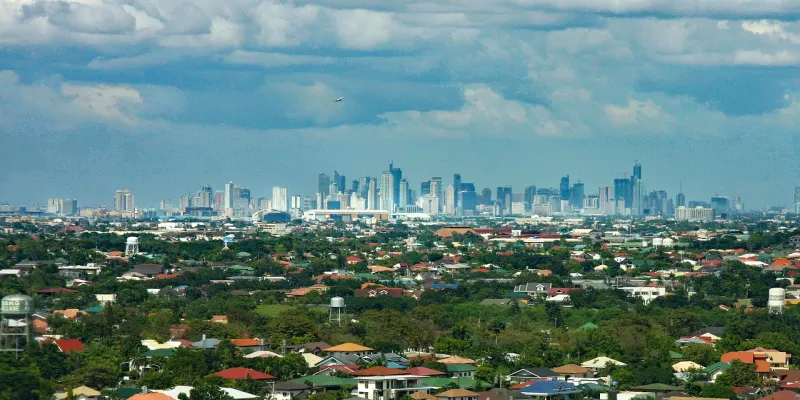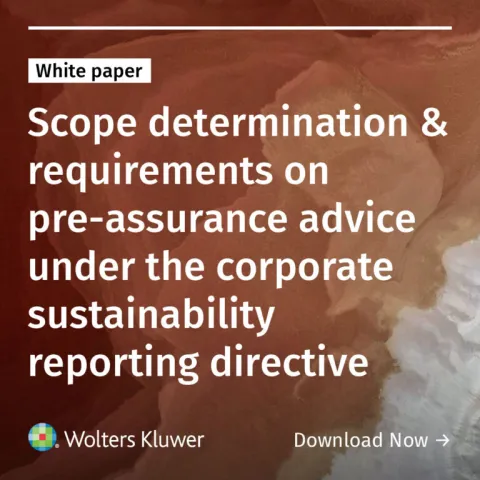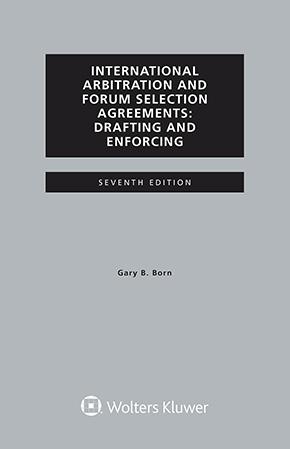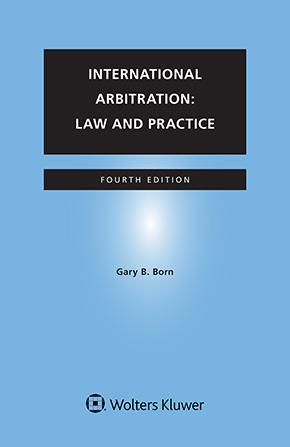SIAC Manila Conference 2025: Navigating New Rules, Paths to Enforcement and the Evolving Trade Landscape
July 26, 2025
Third time’s a charm—on 6 May 2025, the Singapore International Arbitration Centre (“SIAC”) hosted its conference in Manila, the Philippines for the third consecutive year. The number of Philippine parties choosing to arbitrate at SIAC has grown over the last five years, underscoring the steady demand for knowledge and engagement in arbitration. This year, more than 400 attendees were present, including in-house counsel, government lawyers, and private practitioners, travelling from various parts of the country.
This year’s programme featured three panel discussions on the SIAC Rules 2025 and its procedural mechanisms, the process of enforcing arbitral awards in the Philippines, and strategies for navigating cross-border disputes. This article summarises the key insights from the conference.
During the opening remarks, Gloria Lim (Chief Executive Officer, SIAC) noted that arbitration continues to be a relevant option for settling commercial disputes in today’s globalised world, and highlighted that the SIAC Rules 2025 are agile, attentive, and user-focused. Margaret Raizza Andaman (Executive Director V, Office for Alternative Dispute Resolution–the Philippines (OADR)) shared an anecdote, concluding that investors do not fear risk, but they fear delay, and certainty in contracts is needed. Ms Andaman added that justice does not have to be grand but should be genuine and just.
Panel 1: SIAC Rules 2025–Unpacking the Toolkit
Vivekananda Neelakantan (Registrar, SIAC) moderated the first panel. Mark Mangan (Partner, LFM Disputes) noted that the SIAC Rules 2025 contained nearly double the number of rules as the previous edition. He added that not all are new provisions, and some provisions were previously sub-rules. Mr Mangan emphasised the importance of specifying the law governing the arbitration agreement, which the revised SIAC model arbitration clause also recommends.
On the topic of protective preliminary orders (“PPOs”), Mr Mangan noted that this provision was not in the draft rules for public consultation and that the SIAC is the first leading institution to include such a provision. In the Philippine context, Glenn Tuazon (Partner, Sy and Partners) explained that interim measures are available under the Special Rules of Court on Alternative Dispute Resolution, as a complement to PPOs. Parties may seek interim relief from the Philippine courts either before the arbitral tribunal is constituted or if the tribunal is not in a position to grant the relief. He noted that Philippine judges vary in their willingness to issue status quo ante orders.
The panel also discussed SIAC’s new Streamlined Procedure, under which the final award must be rendered within three months from the constitution of the tribunal. Mr Tuazon shared that the Streamlined Procedure complements the Expedited Procedure, as many transactions in the Philippines are under the SGD 1 million cut-off amount for the Streamlined Procedure, which is approximately PHP 43 million. Rob Real (Head of Privacy, Ethics, and AI Governance, GCash) shared that the Streamlined Procedure was well-suited to fraud-related cases within the financial sector, where there is a need for a swift resolution. He commented that the Streamlined Procedure provides a faster turnaround while ensuring that the proceedings remain confidential.
Mr Neelakantan observed that early determination of discrete issues is not seen enough in the practice of international arbitration, and therefore, a rule on preliminary determination was added explicitly to the SIAC Rules 2025 to enable parties to have some issues determined early where appropriate.
Panel 2: Navigating the Path to Resolution and Enforcement–Institution and Practice Perspectives
The second panel was moderated by Adriana Uson (Director and Head, Americas, SIAC). To start the discussion, Ms Uson asked the panel whether multi-tiered dispute resolution clauses are helpful or just cause delay. Ramesh Nagaratnam (Managing Director, RBN Chambers) replied that the use of the SIAC-SIMC Arb-Med-Arb Protocol would be helpful, as it allows mediation to take place after an arbitration has commenced. Any settlement arising from the protocol can be enforced as a consent award. This could help preserve the commercial relationship between the parties.
The panel was then asked to share procedural tips to help reduce time and costs. In response, Antonio Nachura (Partner, ACCRA Law) shared that the SIAC Gateway has technology-based innovations that could significantly reduce time and costs. Additionally, parties may also consider submitting a statement of agreed facts. Dan Waldek (Partner, Herbert Smith Freehills) suggested that parties can consider conducting online hearings as well. Ben Yap (Managing Partner, C&G Law) added that arbitrators should be more proactive and should try to focus on the big issues in the arbitration. Counsel should also ascertain the right size of the team to avoid redundancy while ensuring that no important factual or legal points are missed.
When asked about drafting techniques, Mr Waldek emphasised the importance of understanding the seat of the arbitration, including the legal requirements applicable in that jurisdiction. He also suggested using an award checklist when drafting arbitral awards.
The discussion moved to the enforcement of arbitral awards in the Philippines. From a counsel’s perspective, Mr Yap recommended avoiding last-minute evidence submissions and refraining from introducing new evidence during or immediately before the hearing. Doing so may give the opposing party grounds to later argue that it was unable to fully respond or present its case—potentially undermining enforcement.
Judge Mary Lim (Judge, Municipal Trial Court, Bacoor) provided an overview of how domestic courts should support the arbitral process. The courts should: support the grant of interim relief, particularly where a property is subject to controversy; enforce arbitration clauses by default; assist in the taking of evidence; uphold the confidentiality of proceedings; and generally, adopt a hands-off approach to arbitral matters. As to procedure, a petition for recognition and enforcement must be filed with the Regional Trial Court within three months from receipt of the award.
Mr Nagaratnam noted that in Singapore, enforcement proceedings typically take around four to six weeks when the application is not challenged. By contrast, Mr Yap observed that proceedings at the Regional Trial Court level in the Philippines could take six months or longer, and appellate timelines are less predictable. Mr Nachura added that a decision to enforce an arbitral award in the Philippines may be appealed all the way to the Supreme Court.
Mr Yap stressed that Philippine courts should construe the public policy exception narrowly, based on the Supreme Court’s decisions in Mabuhay Holdings Corp. vs. Sembcorp Logistics Limited (G.R. No. 212734, December 4, 2018) and Pioneer Insurance & Surety Corporation vs. TIG Insurance Company, successor by merger to Clearwater Insurance Company (G.R. No. 256177, June 27, 2022). The illegality or immorality of the award must reach a certain threshold such that enforcement of the same would be against the Philippines’ fundamental tenets of justice and morality, or it would blatantly be injurious to the public or the interests of society.
The discussion concluded with Ms Uson asking what the panellists would change in the current arbitration framework. The panellists had varied views, including suggestions that arbitral awards should be subject to review or appeal in certain circumstances.
Panel 3: Strategic Approaches to Dispute Resolution in the Evolving Trade Landscape–Insights from Key Trading Partners
The third panel was moderated by Christina Pak (Principal Counsel, Law and Policy Reform, Asian Development Bank (“ADB”)). Ms Pak opened the session by highlighting that the Philippines is the host country of the ADB. She emphasised that strengthening dispute resolution mechanisms is a critical area of development, contributing to sustainable growth.
With this in mind, the panel discussed current trends in trade disputes. Undersecretary (USEC) Allan Gepty (Department of Trade and Industry, the Philippines) remarked that a stable legal environment is essential for doing business, and that understanding the basic legal rules of a country is imperative for any investor. In free trade agreements, such as the ASEAN Comprehensive Investment Agreement, dispute settlement mechanisms are in place to ensure proper implementation of agreed rules. USEC Gepty also mentioned that the World Trade Organisation Appellate Body is currently non-functional, which limits its effectiveness in handling trade disputes. In some cases, states have agreed to resolve disputes through arbitration instead, provided both parties consent.
Donemark Calimon (Partner, Quisumbing Torres) observed that there have been a number of legislative changes in the Philippines, such as amendments to the Public Service Act and the Foreign Investment Act. With increasing digitalisation, internet-based transactions, and cybersecurity issues, he noted a rise in related disputes.
Professor Lawrence Boo (Member, SIAC Court of Arbitration; Independent Arbitrator, The Arbitration Chambers) mentioned the European Union as an example of a region that has experienced an influx of renewable energy investments, such as solar, wind, and hydroelectric projects. However, when governments are unable to uphold their commitments, they risk being on the receiving end of large claims, as seen in the investor-state dispute settlement (“ISDS”) cases against Spain.
Wendy Lin (Deputy Head, Commercial and Corporate Disputes, WongPartnership LLP) added that some countries have reconsidered their participation in the ISDS system after facing significant claims. For instance, in the Regional Comprehensive Economic Partnership, dispute resolution is conducted on a state-to-state basis, with no current provision for ISDS.
Moving on from ISDS, Ms Pak then asked whether there are strategic considerations specific to private commercial disputes. Ms Lin responded that, in the post-pandemic era, parties are paying closer attention to force majeure and material adverse change clauses. There is also greater focus on allocating risks when circumstances shift, and on selecting a predictable seat of arbitration, governing law, and a consistent set of rules. Mr Calimon emphasised that arbitration practitioners from both the Philippines and abroad should remain mindful of legal decisions from the jurisdictions of their counterparties. He advised against straying too far from model arbitration clauses.
Ms Pak concluded the discussion by highlighting the need for a rules-based system, which acts as an equaliser between different economies. More than stability, such a system must be flexible to accommodate the unique needs of various parties. She encouraged everyone to stay informed and up to date on global developments and legal trends that may impact cross-border trade and international arbitration.
Conclusion
Professor Boo delivered the closing remarks, thanking the attendees and organisers for bringing together such a meaningful discussion on current developments in international arbitration. He expressed hope for continued collaboration in the Philippines.
Although the Philippines is often regarded as a heavily litigious jurisdiction, there is growing support from legal practitioners, judicial institutions, and government bodies that signals a positive shift towards the broader adoption of international arbitration by Philippine users. In light of the evolving trade landscape, the introduction of the SIAC Rules 2025 provides a valuable addition to the arsenal of available dispute resolution mechanisms—offering a modern and efficient toolkit for resolving cross-border disputes.
You may also like











